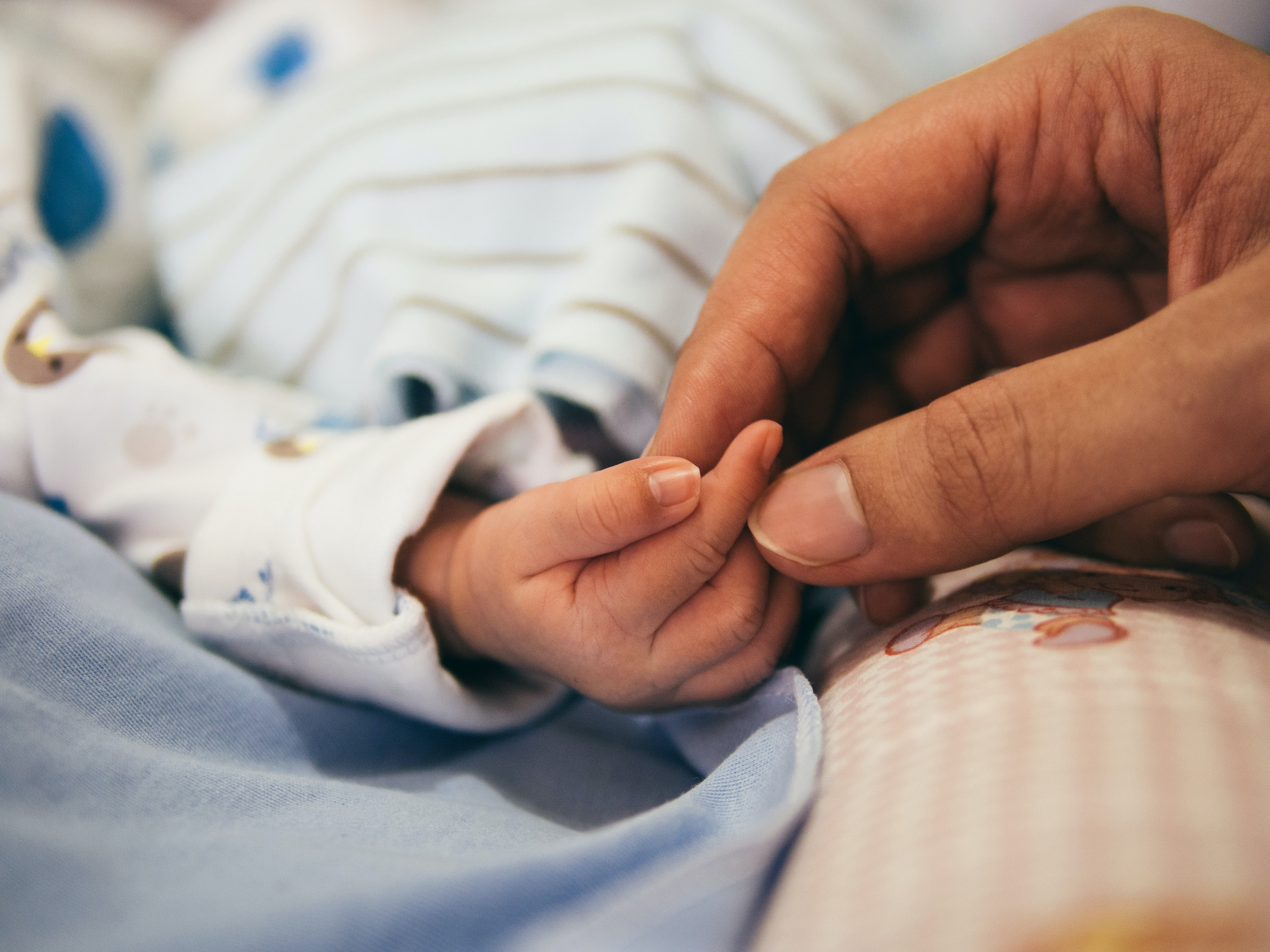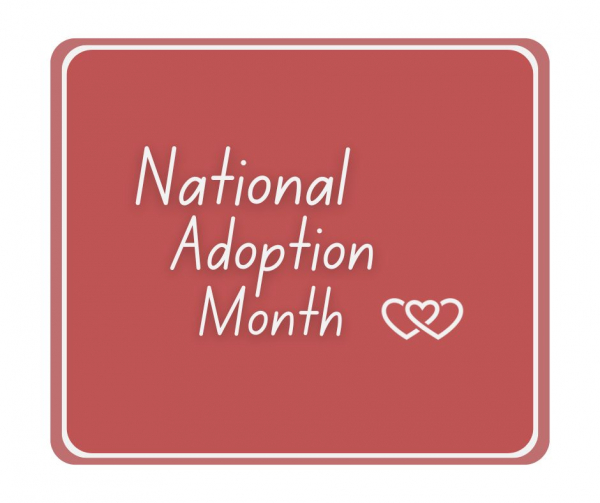Personal Identity Issues in Adoption
Adoption expert, Lois Melina, gave two thought-provoking workshops at the FCC Annual Meeting on January 10, 1999. The first, “Answering Questions About Adoption,” discussed when and how to tell your child that she is adopted, and what responses to expect from her at different ages. The second workshop, “Issues in Adopting Children of Another Ethnicity,” explored how to help transracially adopted children to have a good sense of their own ethnic and cultural identity and deal with racism.
As a parent of a two-year-old just recently speaking in sentences, I thought I was way ahead of the game even thinking of these topics. The sobering reality is that discussion of these issues should begin with toddlers and build upon the basics we convey in the earliest years. Ms. Melina’s practical advice, guided by personal experience and solid research, provided support for these critical tasks.
Answering Questions About Adoption
While families are constituted in a variety of ways, adoption is a distinct process that requires sensitive explanation. Our adopted Chinese children are integrally linked to at least two families and cultures, both of which provide meaningful connections and sources of personal identity. Why and how they migrated from China to the United States; where they stayed and who cared for them on their journey; and what it means to join their new families through adoption, are only the beginning points of their story, leading to more intimate concerns.
We need to be prepared for some tough questions of increasing complexity as our daughters mature. Preschoolers may want to know: “Where did I come from? Did I grow in a tummy? Whose? Why couldn’t my birth parents keep me? Did you know my birth mother?” School-age children might ask: “What does it mean to be adopted? Do my birth parents still think about me? How could someone love me and give me away?” By adolescence, questions of personal identity intensify: “Why was I relinquished? Why did it happen to me? What does it say about me? What does it mean to my parents?”
We as parents have our own questions. How can we explain our daughters’ abandonment? How can we present the birth parents in a positive light, with empathy and compassion? How can we provide details of their experience? How can we provide details of their experience when we ourselves don’t have all the facts? How can we help our daughters come to terms with their loss?
There are many ways to raise these issues and help our daughters to understand their own stories. I had been grappling with how to talk about these facts without causing pain, heightening insecurity, or triggering self-blame. What was most useful to me in this workshop was to learn that these are predictable reactions that should not be avoided, but rather, experienced fully. Points in this workshop brought me and others to tears. There is simply no way to avoid the hurt and sadness of the story of my daughter and the thousands of other children from China who will never meet their biologic families, or fully understand how or why they are here with us. Our daughters will inevitably go through a grieving process (beginning at age 7 or so) when they acknowledge the loss of their family, heritage, and culture. Concentrating only on the joy and love in our adoptive families, we miss this critical developmental opportunity.
Issues in Adopting Children of Another Ethnicity
Many of our Chinese daughters now live in families that differ from them in terms of race and culture. Critics of transracial adoption assert that white parents may not be able to provide children of color with a deep, grounding cultural and ethnic self-awareness, and may be insensitive to and unprepared for racism. Others believe that having a stable, loving family of any background outweighs the disadvantages of racial difference. This workshop found a middle group between those poles. Melina affirmed that adopting a child from a different background inherently transforms the entire family identity. Embracing the heritage of a child born in China means that we become a multicultural family, broadening our own cultural orientation.
Melina clarified some relevant terminology:
· Ethnicity connotes a common history, a shared culture, and sense of peoplehood. Ethnicity is a matter of historical and biological fact, derived from national or geographical place or origin. Ethnic groups are distinguished on the basis of race, religion, or national origin. Ethnicity is shared by others in a group and informs a collective worldview. We may have situational ethnicity that informs how we respond to an event by drawing on our ethnicity, or even an ethnic personality, which is recognizable through certain stereotypical behavior. For example, Asians who don’t conform to their expected ethnic personality might be seen as “bananas”– yellow on the outside and white on the inside.
· Culture refers to socially transmitted beliefs, institutions, and behavior patterns. Culture is what people develop to help them adapt to their world– language, tools, communication, and gestures. Unlike ethnicity, which is innate, culture is a shared outlook and a way of doing things that is created and learned by the group. It is this cultural dimension that may be difficult for white parents to effectively transfer to children of color. In my own work on diversity issues, I find additional terms useful:
· Cross Cultural & Transcultural implies bridging of significant differences in cultural or subcultural communication styles, beliefs, and practices.
· Multicultural denotes maintenance of several distinct cultural or subcultural forms. This distinction between Cross Cultural and Multicultural is akin to children playing a game together versus children engaged in parallel play.
A Central Goal of FCC
Supporting families formed through transracial adoption is a central purpose of FCC. We celebrate our cultural and racial differences to help one another fully integrate into our families the diverse roots, cultures, and contexts from which we and our children come. (FCC mission statement) Chinese culture is over 5000 years old, evolving through distinct regional and ethnic group practice, utilizing dozens of languages and hundreds of traditions and adaptations by diverse ages and classes. While some FCC families may be content to glean only a slice of this complex and rich history– a few words of Mandarin, a good recipe for dumplings, or an appreciation of tai chi, for example– those with an interest in delving more deeply can be immeasurably enriched by this journey.
Communicating Another Culture’s Values
Whether we view our daughters as Chinese, Chinese American, American, or “bridge” children with characteristics of all of these backgrounds, most FCC families recognize that they will benefit from understanding their heritage. New York City area families who are not Chinese themselves can seek out many accessible Chinese cultural, educational, and historical resources. There is a danger in reducing Chinese cultural values to their contemporary expression in arts, festivals, and cuisine. Yet it is a daunting challenge to fully understand the meaning of Chinese culture and the experiences and circumstances, beliefs, religions, sacred or secular practices, and aesthetics of the diverse people who created it.
Given our limited awareness, how can we respectfully convey this immensely complex culture to enrich our Chinese child’s identity? In addition to learning whatever we can, ourselves, Melina suggests that non-Chinese parents maximize contact with people who can provide a more direct and authentic understanding of Chinese heritage and life as a Chinese American.
Strategies for Sharing Culture
FCC members in this workshop shared their own strategies for disseminating Chinese culture to their daughters:
· Learn about different cultural values and practices and present these as alternative options and valuable approaches. Convey that there is more to the world than the small slice we bring. Respect that there are differences in cultural values– an enriching variety of beliefs, interpretations, and customs.
· Draw upon relationships with culturally diverse people who bring varied influences to our family and community. Opening up our families to other cultural groups is a way to broaden our own perspective. Our children can learn from other cultures as a way of gaining understanding of their world and their own complex identity
· Hire a Chinese caregiver who provides significant input in family life. While this approach clearly adds a direct Chinese perspective to child rearing, it may bring cultural or personal differences into sharp contrast. For example, one FCC member with a Chinese caregiver shared some dilemmas she has faced in helping her daughter to reconcile divergent messages about what is considered appropriate behavior in a girl.
Credits: Beth B. Rosenthal, M.S., FCC Board Member and Parent






